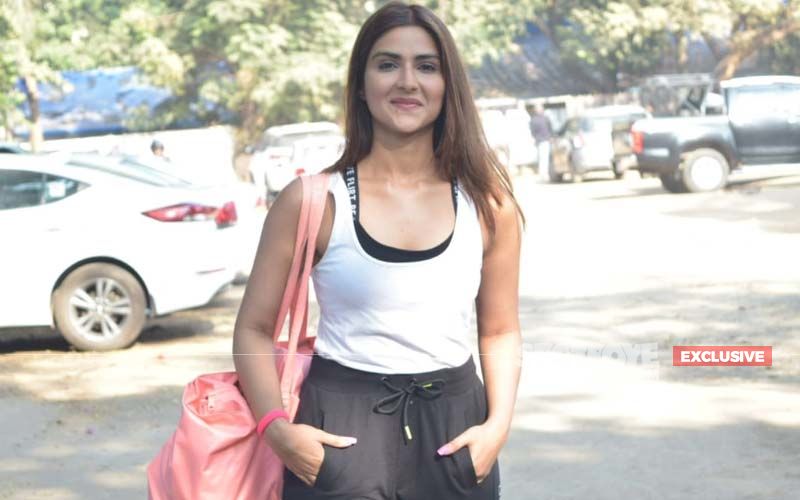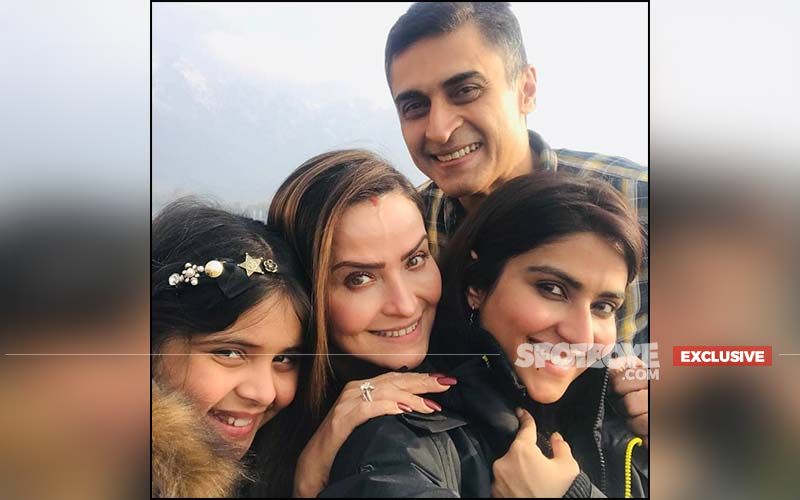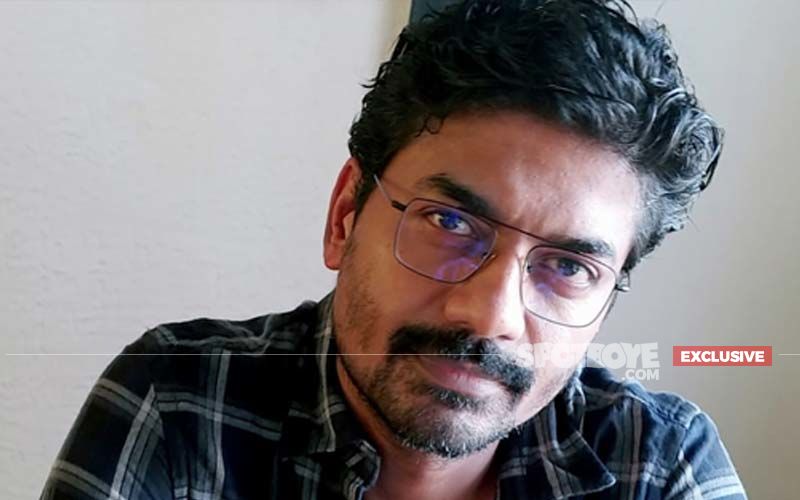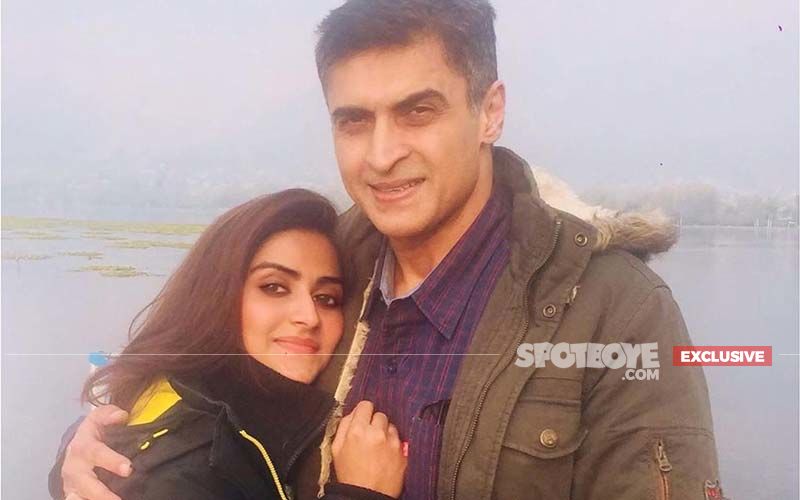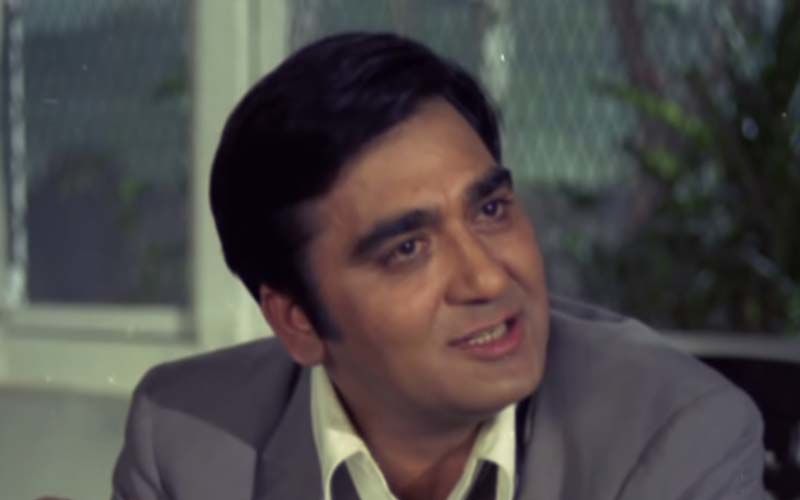Nutan’s Birth Anniversary: Read About The Unmatched, Unvanquished Veteran Actress
Born on June 4, 1936, the day today marks veteran actress Nutan’s birth anniversary. On this special day, read about the unmatched, unvanquished veteran actress
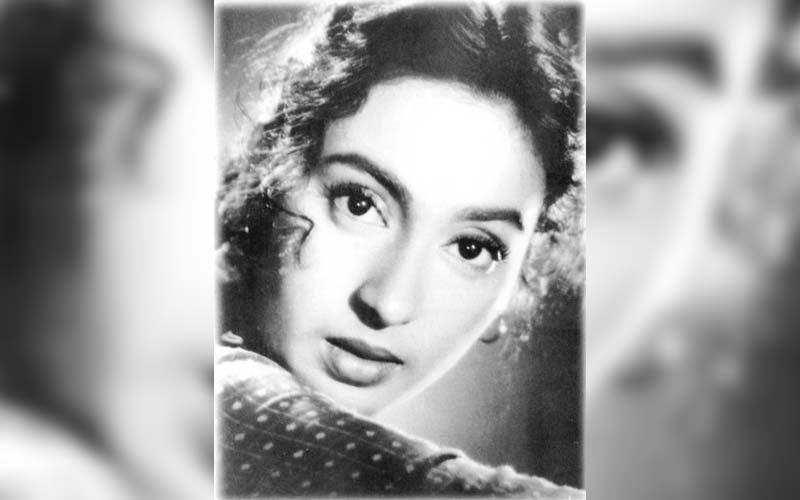
There was only one heroine, opined a leading filmmaker, who looked equally fetching in a ghagra-choli and a bathing suit – Sharmila Tagore. Boldly breaking free from the image of a saree confined devi in her heyday, Nutan too tried both: the ghagra-choli in A.Bhim Singh's Gauri and the bathing costume in S.D. Narang's DiIli Ka Thug. Neither sartorial flourish had the audience panting in submission. Nor for that matter were her off-shoulder gowns and furs in Saawan Kumar's Saajan Ki Saheli and Raj Khosla's Teri Maang Sitaron Se Bhar Doon (when the actress was way past her prime) accorded warm receptions.
But Nutan had that rare capability of carrying audiences with her.
This is where the actress scored among the splendid sextet of all-time great actresses from the '50s. Whenever it occurred, the audience was not the least offended by Nutan's deviations. She inspired subtle, undefinable confidence among viewers. We trusted her to do her best in the worst of circumstances. Nothing she did up there could be considered aesthetically wrong. There was a serene cool-headedness to Nutan's personality which placed her miles ahead of the other screen queens who made a crying virtue of over- emotionalism. While Meena Kumari seemed steeped in the ethos of tragedy, Nargis projected an impetuous countenance. Geeta Bali was an eternal waif while Madhubala, the beauteous siren. None of these celluloid heavyweights could be imagined in the midst of hard-headed domestication. They lived life on the precipice of romantic delirium.
Waheeda Rehman is the only actress of the splendid sextet who comes close in personality to Nutan. Both actresses projected a tranquil soul through their performances. They outlined classical Indian womanhood: trustworthy, loyal and pragmatic. There is a reserve of resilient will power in their emotional make-up that places them in the class of no- nonsense feminity. When Waheeda drops her taciturnity for `Aaj Phir Jeene Ki Tamanna Hai' in Guide and Nutan frolics in barefooted ardour for ‘Jogi Jabse To Aaya Mere Dware' in Bandini the effect is that of a sudden and intense cloudburst. The audience feels privileged to be sharing their unguarded moments.
Where Nutan scored over Waheeda (and all the other members of the Secret Society Of Subtle Celluloid Skills in the pre-method era of acting) is in her coiling range of histrionic aptitudes. While neither Waheeda nor Nutan could be trifled with by Man or Nature, Nutan could articulate indignance without getting breathless. Her emotional outbursts conveyed the abrupt ferocity of a whiplash. Nutan's elasticity of emotive emotionalisation prompted Basu Bhattacharya to say that he wished it was Nutan and not Waheeda he had signed for the part of the nautankiwali in Teesri Kasam, if only she knew how to dance. If only!
Certainly, Waheeda was more alluring and graceful than Nutan. And certainly, Geeta Bali was more spontaneous, Madhubala more chiselled and Meena Kumari more tragic. Nutan's timeless appeal lay elsewhere. She was the most intuitive actress of the pre-Shabana generation. Nutan used self- imposed gestures and nuances in her parts long before the noisy method actors. She possessed an inbuilt propensity to go beyond the requirements of the script. Nutan's favourite filmmaker, Bimal Roy, in whose Bandini and Sujata the actress was at her best, would have vouched for it. Added to this was her quietly zealous dedication to her profession. Nutan did her work without giving press interviews after every shot.
Nutan was one of those rare breed of actors who would brood over one wrongly spoken line for the whole night. Such commitment to cinematic art later came to be terribly fashionable in the filmdom. Nutan's dedication was certainly a unique thing in the switch-on switch-off era of faucet acting. She remained unpretentiously devoted to her profession to the very last. Rishi Kapoor recalled the ailing actress waiting patiently for the busy hero of certain under-production film to turn up. She neither complained nor sulked. That wasn't Nutan's style.
A thoroughly non-interfering actress, Nutan took active interest in all aspects of filmmaking. This again set her apart from other actresses of her generation who could not tell the difference between a long shot and a close-up. The actress was known to watch her co-stars on the sets only to keep abreast of the film's overall design. When Nutan made suggestions to the director in her hesitant though clearheaded way, they revealed a mind that grasped the arithmetic, chemistry and the mystery of cinema. Before her death, the actress was readying a script which she intended to direct. I have no doubt the film would have been a landmark in feminist cinema without resorting to the trendy sexual assertions of Aparna Sen or Kalpana Lajmi.
As is typical of most celluloid greats, Nutan was at her emotive best when given, the least spoken lines. Who can forget the wordless sequence in Bandini when Kalyani mixes poison in her tormentor's tea? Or the sequence in Sujata where the Harijan girl seeks inadequate shelter during pouring rain under Gandhiji's statue? Or the long singular song sequence when Sunil Dutt sings, `Jalte hain jiske liye' to Nutan over the phone? As tears fall silently over the receiver, you can hear the sound of the breaking heart over the line. The enormous eloquence of Nutan's silences was on par with that of Meryl Streep and Katherine Hepburn. Nutan reified the cultivated charm and the muted grace of a westernised Indian woman whose values have been inculcated to the Indian ethos.
On screen, Nutan seemed a woman who would laugh politely, but insincerely at your joke. But you didn't mind the deception. She wasn't the kind of a person who played for effect. Interestingly, Nutan's very mode of westernised responses— that distant and unapproachable sophistication— imparted a compelling conviction to the part of the educated, sensitive, middle-class girl who aspired to just a little more than a husband and children. Nutan's one failing–if it could be called that– was her inability to dance. (In any case, she didn't seem the kind who would wriggle her hips to woo her beloved). But she could sing, though. Lata Mangeshkar, who was the actress' constant playback singer, had singled out Nutan as the only actress who looked fully convincing in providing lip-synch to the songs. The conviction was never throat-deep. It came from deep within the actress's being from where she borrowed inspiration to lend absolute credibility both to the tragic parts (Bandini, Sujata, Milan, Saraswatichandra, Seema, Sone Ki Chidiya, Soorat Aur Seerat, Saudagar, Main Tulsi Tere Angan Ki) and light-hearted musicals (Anari, Chhalia, Dil Hi To Hai, Kanhaiya, Tere Ghar Ke Saamne, Paying Guest).
Each of these films contain summits of histrionic dexterity. Of all the incandescent passages of Nutan's brilliancy, I think the most majestic was in Sudhendu Roy's Saudagar (1973) where the heroine tells the gur dealer, "why did you have to marry me to make gur? I'd have made it for you even otherwise." The sequence best represents the Nutan persona: the pained consciousness of a strong, self-dependent woman, battling male domination quietly and unobtrusively. Nutan's rebukes were doubly potent for their infrequency. Interestingly, in real life the actress took her mother to court on a property dispute. Like the characters she portrayed, it was the principle of the matter that bothered Nutan.
Excepting some films like Saudagar, Main Tulsi..., the television serial, Mujrim Haazir and some parts of the film Rishta Kaagaz Ka, all of Nutan's shrewdest performances are to be seen in her pre-southern phase. The scrubbed naturalness of her dazzling personality was replaced by a dull artifice which she adopted for the melodramatic roles in the highly successful Madras productions of the 60s (most of them co-starring Sunil Dutt): Khandaan, Meherbaan, Milan, Gauri, Devi etc. By the time Nutan came to Meri Jung in 1985 that enigmatic, indefinable smile had acquired a distinctly plastic quality. The representational naturalism of her personality was replaced by an uneasy artifice which, I feel, was imposed on the actress' performances by the South Indian directors who insist on exaggerated emoting. Fans of the actress were dismayed to find Nutan hamming it up in her more recent films like Saajan Bina Suhaagan, Meri Jung and Yeh Kaisa Farz (the last was a compromise she made to boost her son Mohnish's career).
To the last, filmmakers approached Nutan only if they had a substantial part to offer. In a rare interview to Filmfare, the actress had said, "I accept only powerful pivotal character roles—not the ones which can be done by any mediocre actress. That would be fooling the public who come to see a film of mine expecting a good performance." Amplifying her sincerity to self and art were her self–discipline and humility. "I must have done something stupendous in my last life to have got so much in this life," she said in the same interview, "and what is more, I have always been content with what I have." This wasn't the whole truth. Nutan was an actress who strove to ferret out the Ultimate role to the very end.
Nutan was constantly alert to histrionic challenges. Whether she played the restless wife in a pretentious art film like Bimal Dutt's Kasturi or the slinky, vampish mother of Rekha in Saawan Kumar's Saajan Ki Saheli, the actress was perpetually sharpening her range of dramatics. Nutan seldom stumbled in selecting parts. While her performance in Bandini ranks as among the five best ever in the Hindi cinema (alongside Meena Kumari's Saahib Bibi Aur Ghulam, Nargis's Mother India, Waheeda's Guide and Shabana's Arth) there are several other histrionic highs in Nutan's illustrious career. Her performance as the mysterious Kaliganj ki bahu in Mujrim Haazir ranks as the highest point of aesthetic achievement on Indian television. Nobody knew at that time that this was meant to be Nutan's final hurrah. Like her capricious career moves (evident from the very beginning when she hopped from a family social Hamari Beti to a suspense thriller Nagina) fate had other plans. On February 21, 1991, the Bandini flew the coop.
Image source: IMDb
